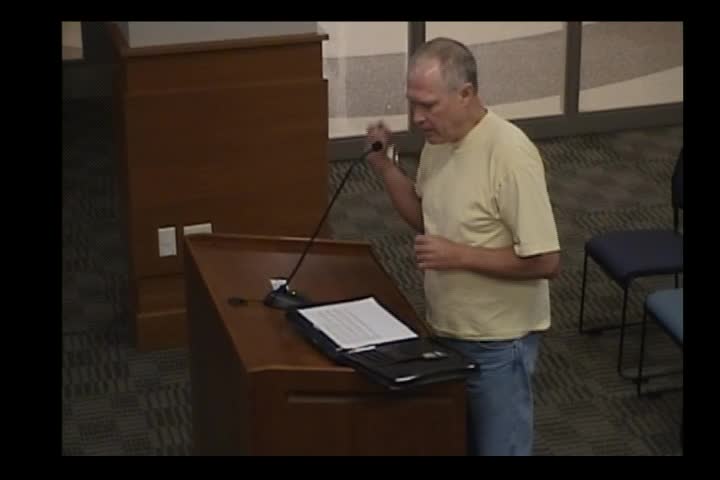Wind energy's hidden costs threaten wildlife and environment
June 10, 2024 | Linn County, Iowa

This article was created by AI summarizing key points discussed. AI makes mistakes, so for full details and context, please refer to the video of the full meeting. Please report any errors so we can fix them. Report an error »

During a recent government meeting, significant concerns regarding the environmental impacts of wind energy were raised, particularly in relation to industrial-scale wind farms. A speaker highlighted findings from a comprehensive study conducted in 2021, which reviewed 825 peer-reviewed articles. The study revealed alarming statistics, estimating that wind installations in the United States are responsible for approximately 888,000 bat and 573,000 bird fatalities annually. This includes a notable number of bald eagles, prompting the U.S. Fish and Wildlife Service to set a controversial take limit allowing wind energy companies to kill up to 15,000 bald eagles each year.
The speaker emphasized the stark contrast between the legal repercussions for individuals harming bald eagles—where a single incident can lead to felony charges and significant fines—and the allowances made for wind energy companies. Additionally, concerns were raised about the environmental ramifications of turbine blade disposal, with projections indicating that the U.S. may need to manage 720,000 tons of turbine blade material over the next two decades. Questions were posed regarding the long-term degradation of this waste and the potential for further environmental damage.
Despite these concerns, the current contribution of wind and solar energy to the U.S. electricity supply remains low, at less than 10%. The speaker warned that the ongoing expansion of wind facilities could lead to astronomical costs and environmental consequences, urging decision-makers to consider these factors before finalizing any wind energy initiatives. The meeting also included a note about an upcoming public hearing where community members would have the opportunity to voice their opinions on the wind ordinance.
The speaker emphasized the stark contrast between the legal repercussions for individuals harming bald eagles—where a single incident can lead to felony charges and significant fines—and the allowances made for wind energy companies. Additionally, concerns were raised about the environmental ramifications of turbine blade disposal, with projections indicating that the U.S. may need to manage 720,000 tons of turbine blade material over the next two decades. Questions were posed regarding the long-term degradation of this waste and the potential for further environmental damage.
Despite these concerns, the current contribution of wind and solar energy to the U.S. electricity supply remains low, at less than 10%. The speaker warned that the ongoing expansion of wind facilities could lead to astronomical costs and environmental consequences, urging decision-makers to consider these factors before finalizing any wind energy initiatives. The meeting also included a note about an upcoming public hearing where community members would have the opportunity to voice their opinions on the wind ordinance.
View full meeting
This article is based on a recent meeting—watch the full video and explore the complete transcript for deeper insights into the discussion.
View full meeting
